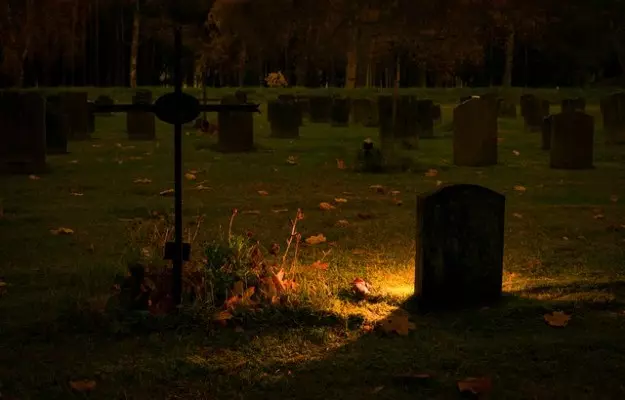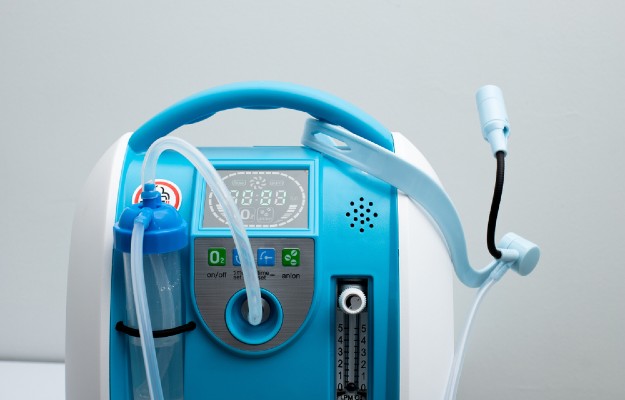With the COVID-19 cases rising in the country and more than 30 reported deaths as of 31 March 2020, one of the major concerns linked with the disease now is the right way to manage the dead bodies of infected people. Since COVID-19 is a new disease, it is not known whether the infection can spread through dead bodies too.
On 15 March, the government of India had released the guidelines for dead body management for COVID-19. The guidelines include everything including the management of bodies in the hospital, autopsy, and burial/cremation.
The AIIMS Department of Forensic Medicine and Toxicology, New Delhi, has also released its own set of guidelines for COVID-19 dead body management. They are mostly the same as the government of India guidelines but they have some additional points, too.
Most health authorities across the globe have released their own set of guidelines, too. They are all mostly the same with minor changes or additions. Most places suggest cremation as the safe way for last rites instead of burial. However, guidelines for burial are also given, just in case.
Here is a gist of these guidelines.



































